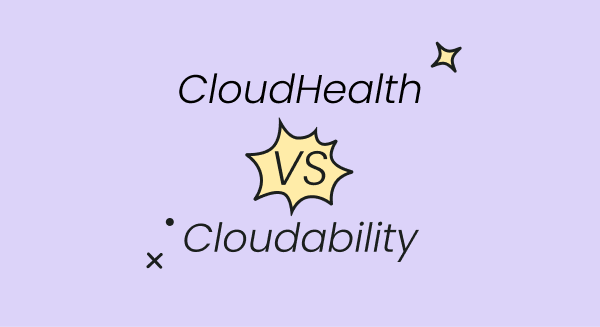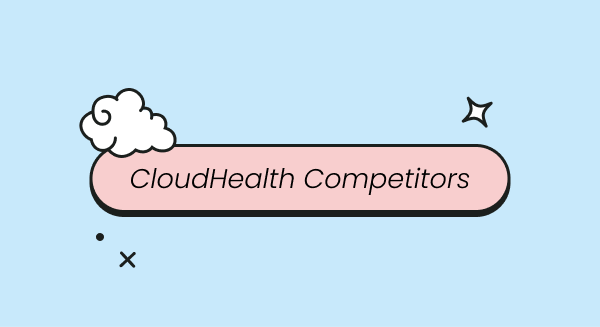
Forecasting cloud costs is challenging. Your usage is likely highly dynamic, there might be poor visibility into what's driving your spending, and priorities can change at any moment.
Still, forecasting is a critical activity if you're looking to optimize cloud costs and stay financially stable. If you're part of a finance or engineering team, you play a crucial role in cloud budgeting and forecasting. In one way or another, you're responsible for staying on top of your finances and avoiding surprises.
Why Budgeting and Forecasting are Important?
Getting cloud forecasting right will help you better anticipate outcomes, create budgets, and respond quickly enough to keep cloud costs from spiraling out of control.
This way, you can ensure that your cloud investments are delivering the expected value, while also keeping your organization financially stable and competitive.
Trend-Based vs Revenue-Based Forecasting
Organizations that practice FinOps — a cloud financial management discipline — have teams that work together to build forecast models as a way to look ahead and budget spending.Though these models will vary depending on an organizational structure and architecture setup, they typically boil down to two types:
- Trend-based forecasting, where you analyze historical data to identify usage patterns and extrapolate them into the future. Most cloud cost tools use machine learning algorithms to project a range for your future spending.
- Revenue-based forecasting, which involves multiplying your COGS (Cost of Goods Sold) per user by the total number of users in your desired period. You can work out your total number of users by dividing your ARR (Annual Recurring Revenue) by the ARPU (Average Revenue Per User).
These methods have one very important thing in common. They both require you to have a clear understanding of what's driving your cloud costs.
When To Use a Third-Party Tool?
To manually build out a picture of your cloud spending, you'll need to tackle an often complex issue of tagging. Tags are metadata labels that are applied to cloud resources to identify their purpose and owner. Proper tag hygiene is essential for representing cost data accurately but updates and versioning can make them a pain to implement right.
You could try a tool like Finout that uses virtual tagging to allocate your costs to cloud providers, teams, and even customers. Finout is one of the most comprehensive cost allocation tools on the market and works across providers including AWS, GCP, Azure, Snowflake, and Datadog.
Third-party tools can save your team time and resources by automating the forecasting process. These solutions are developed by cloud cost management experts who have a deep understanding of the intricacies of cloud services and pricing models. They can help you identify cost-saving opportunities, make informed decisions about resource allocation, and avoid unexpected cost overruns.
This is especially true if your business lacks the expertise or resources to manage cloud costs effectively.

Another caveat with trend-based forecasting is that it often uses skewed data to make predictions, which in turn produces inaccurate results. If your architecture isn't optimized for cost efficiency (which it likely isn't), you will be overestimating your future spending.
To get an accurate baseline of your current spending, you'll need to ensure you're making the best use of your cloud resources. Here are some of the biggest sources of resource waste to get you started.
In revenue-based forecasting, these issues might produce smaller deviations, but will still impact the accuracy of results. This is because there's only one variable affected — the COGS, which is essentially the average cost of running a customer's use case. The other two are revenue-based.
Seasonality and Special Events
Whichever way you decide to go, make sure you account for seasonability and special events. Seasonality refers to recurring patterns such as holiday shopping spikes, tax season, or annual budget planning.
Special events, such as product launches, marketing campaigns, or industry events, can also drive significant spikes in cloud usage and spending. If you fail to factor these into your forecasts, you may not have enough resources to handle the surge in traffic, resulting in poor performance, downtime, or increased costs.
Anomaly Detection
Robust forecasting models must also account for anomalous behavior. The idea is to quickly spot unusual and unexpected changes in cloud cost patterns. Do this early enough and you'll be take timely corrective measures to prevent any unexpected costs from creeping into the data you base your forecasts on.
Most cloud providers such as AWS, Azure, and GCP offer their own cost anomaly detection tools for free. They project your daily usage and are able to distinguish between gradual cost changes and one-off spikes. You can also set up cost alerts to get notified when your usage exceeds a dollar threshold.
Setting up cost alerts in Azure (Source)
Final Thoughts
Choosing the right forecasting method depends on the size of your business, its organizational structure, and its infrastructure setup.
If you're a large enterprise with a significant amount of historical data available to analyze trends and patterns, then trend-based forecasting might make more sense to you.
Revenue-based forecasting can be useful for startups or companies with predictable revenue streams. However, it may not be as effective for companies with more variable revenue streams or complex cost structures.
Looking for a cloud cost management tool that offers out-of-the-box forecasting & budgeting? Try Finout today.








